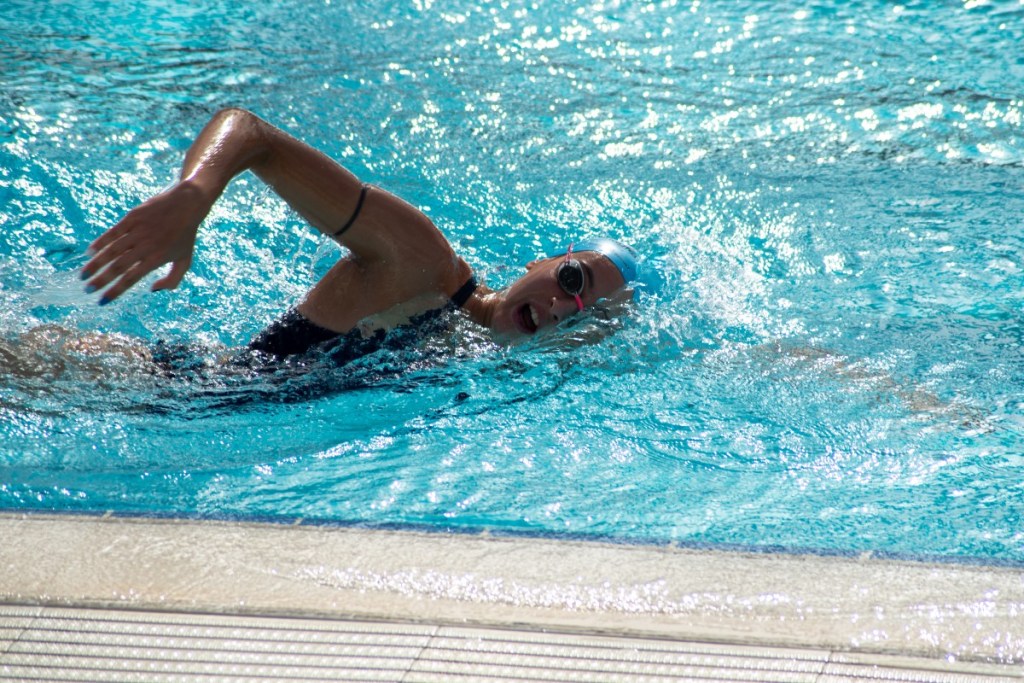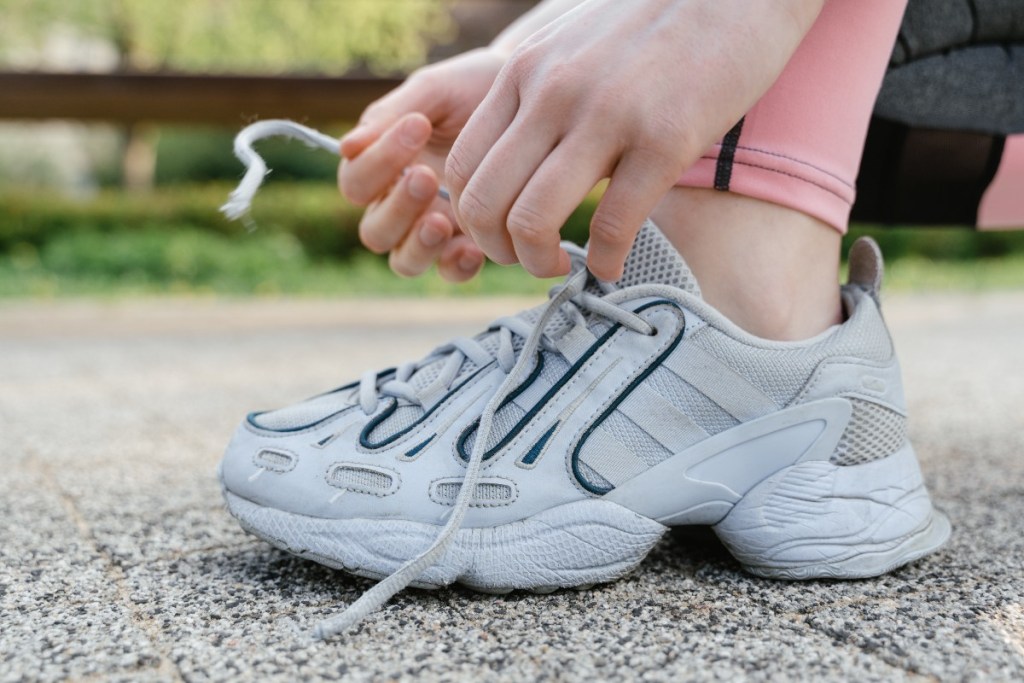Plantar fasciitis is a total pain. It happens when there’s inflammation in the ligament that extends from your toes to your heel and is one of the most common causes of heel pain. The pains can feel sharp and even bruising, and it can impede your ability to exercise or move on your feet at all, especially first thing in the morning.
The condition is often caused by activities that place stress on the heel including running and other aerobic exercises. It can also be caused by obesity, aging, and jobs that require you to stand on hard surfaces for long periods of time.
While you don’t have to stop exercising, to avoid plantar fasciitis, there are activities and other steps you can take to avoid this painful and inconvenient condition.

Try mixing up your workout
You don’t necessarily have to give up running or other high-impact exercises that are heavy on footwork. Switching to cross-training will work different muscles and give your feet a break. Swimming is a low-impact workout that doesn’t involve being on your feet. Strengthening your legs can also help ensure you have the correct form and don’t put too much pressure on one set of muscles or your feet, reducing your risk for plantar fasciitis. Also, be sure to add daily stretches into your fitness regimen. Warming up and cooling down, particularly by stretching the calves, can help keep the condition at bay.
That said, while running is a great exercise, you may need to consider replacing it with something else if you have chronic reoccurring plantar fasciitis. A doctor can advise you further if you find yourself in this situation.
Wear a night splint
Sometimes, the muscle issues get triggered at night. If you point your toes in your sleep, it can tighten your calf muscles and Achilles tendon and strain your plantar fascia. While you most likely don’t know if you are pointing your toes in your sleep, you can ensure your feet and ankles remain in an optimal position by wearing a night splint. The splint will also gently stretch your plantar fascia and Achilles tendon. When you wake up, give your foot a self-massage for some extra prevention.

Find your perfect footwear
A good pair of shoes can make a world of difference in preventing plantar fasciitis. High heels may feel less comfortable than flats, but the latter often don’t provide the support your entire foot needs. Since we’re all shaped differently, there’s no one-size-fits-all shoe. A chiropractor, podiatrist, or physical therapist can help you evaluate your feet and make recommendations on the perfect footwear. Also, if you have a “no shoes” policy, you may want to reconsider it. Going barefoot around the house can strain the ligaments in your feet even more.
Ice the area
Ice can reduce inflammation. If you’re starting to feel pain in the area, applying ice for 15 minutes after exercising can help prevent you from developing plantar fasciitis. For some additional TLC, roll your foot over a frozen water bottle to massage the area as you ice.
Try plantar fascia stretches
Stretching can help both relieve and mitigate plantar fasciitis. Try doing these stretches daily, particularly before and after excising:
- Sit in a chair with your spine straight. Create a figure four with your legs by placing your right ankle over your left knee. Pull on the toes of your right foot using your left hand or a towel. Hold for 10 seconds. Repeat as many times as needed. Repeat the process with the left foot.
- While seated, place a water bottle, tennis ball, or foam roller underneath your right foot. Roll it back and forth from heel to toe to massage the area. Continue for one minute or longer. Repeat as many times as you’d like and then do the same on the left side.
Plantar fasciitis is no fun to deal with, and prevention is the best way to solve the issue. Running and jumping are two common causes of plantar fasciitis. Try scheduling rest days and varying your workout routine to exercise your muscles differently. If you have reoccurring plantar fasciitis, you may want to speak with your doctor about finding another favorite physical activity.
There are some other tactics you can try first, though. Daily stretches, specifically plantar fascia stretches, are an important tool in your prevention toolbox. A night splint can keep your muscles and ligaments from straining while you are asleep. Working with a specialist to find the perfect footwear for your feet’s unique biomechanics can also help. Regular ice and massage can also mitigate and reduce inflammation. If you’re struggling, speak with a physical therapist, podiatrist, or sports chiropractor.
BlissMark provides information regarding health, wellness, and beauty. The information within this article is not intended to be medical advice. Before starting any diet or exercise routine, consult your physician. If you don’t have a primary care physician, the United States Health & Human Services department has a free online tool that can help you locate a clinic in your area. We are not medical professionals, have not verified or vetted any programs, and in no way intend our content to be anything more than informative and inspiring.



